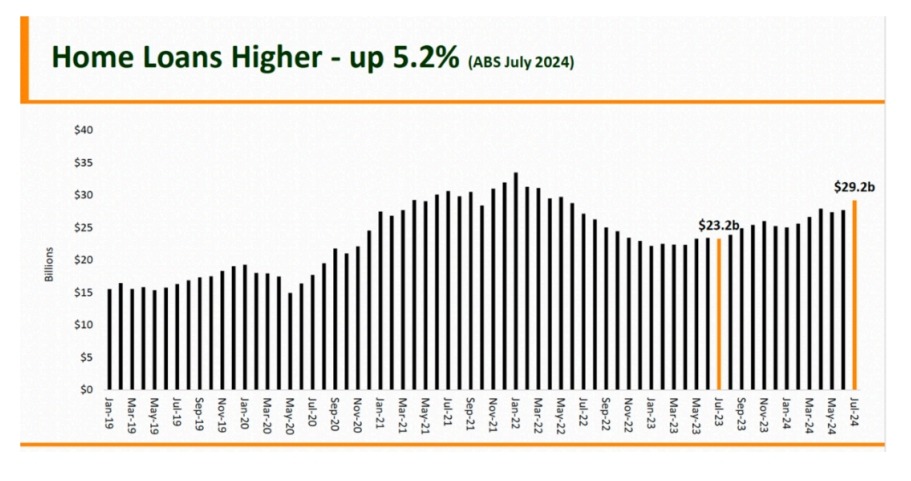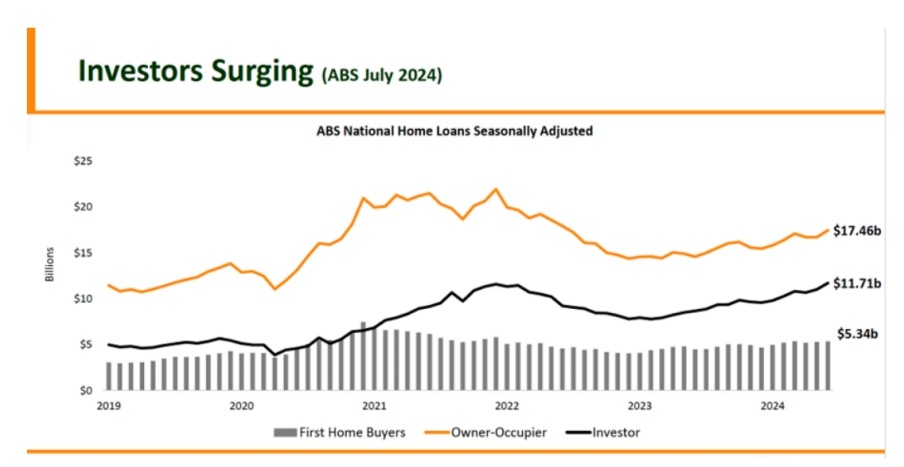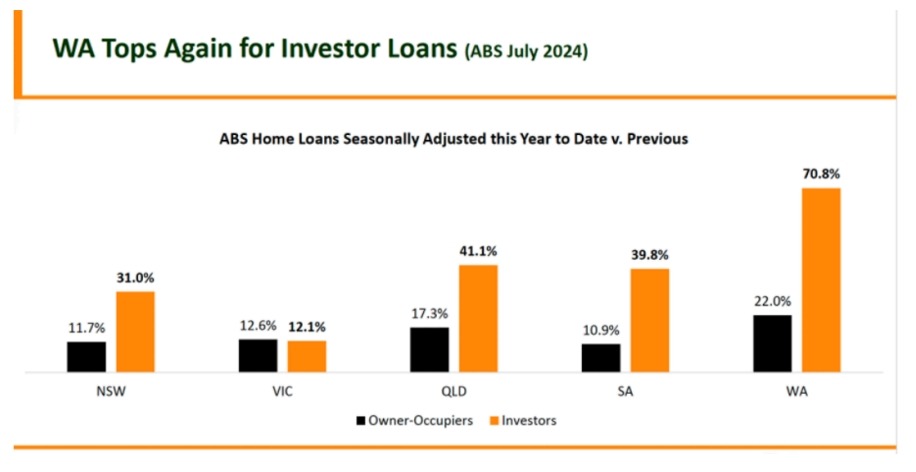The interest rate on mortgage loans plays a crucial role in determining housing affordability. As rates rise or fall, they directly impact the monthly payments of homebuyers and property investors. Understanding these fluctuations is essential for anyone entering the real estate market today.
Looking back at prime interest rate history, we see how financial institutions adjust their lending standards based on the economy’s health. These historical trends provide valuable insights for predicting future movements and how they will affect borrowing costs, from home loans to business loans.
As Mtg interest rates continue to influence the housing market, prospective homeowners face challenges in securing affordable financing. These rates affect the overall cost of a mortgage,
determining whether buying property remains a viable option for most people or becomes increasingly out of reach.
In the Australian context, land loan interest rates Australia are another critical factor for those looking to invest in land. Whether for residential or commercial development, understanding how these rates are set can help in making sound investment decisions that align with financial
goals.
Monitoring the annual effective interest rate is also essential for any borrower. This rate provides a true representation of what you’re paying on loans after compounding, ensuring you stay informed and make the best financial choices.
Exploring the Surge in Australia’s Mortgage Rates: A Look at the Recent Interest Rate Increase

The impact of interest rates on the economy has been significant, especially with the current surge in Australia’s mortgage rates. This shift is shaping various sectors, influencing everything from housing to consumer confidence.
As interest rates and consumer spending in Australia adjust to these changes, many are reconsidering their financial decisions. Higher borrowing costs are leading to a slowdown in major purchases, particularly in the housing market.
Some experts are even raising concerns about a potential interest rates economy crash, as rising rates put pressure on businesses and households alike. The strain is evident in the increasing difficulty people face in managing their finances.
The overall interest rate impact on the economy extends far beyond housing. It touches every aspect of financial life, from savings to investments, and is causing ripple effects across industries.
Understanding the high interest rates effects is essential to grasping the future trajectory of Australia’s economy. As rates continue to rise, their long-term consequences will become clearer in the coming months.
How Rising Rates are Shaping Australia’s Investment Landscape: The Impact of Interest Rates on Investors

The rise in Australian Reserve Bank rates is having a significant impact on the investment landscape, particularly in how it shapes investor behavior. The business impact of higher interest rates is becoming increasingly apparent, as companies face higher borrowing costs and reduced profit margins. This shift is also leading to widespread discussions about the high interest rates effects on various sectors, especially housing and small businesses.
With the looming possibility of an economic crisis in Australia, many investors are exercising caution. The impact of interest rate hikes on small businesses has been especially challenging, as these companies often struggle to absorb the rising costs. Additionally, concerns over a potential Australian housing bubble are making property investors wary of making new investments, as high rates drive up mortgage payments and slow down the housing market.
Investor Loans and the Impact of Bank Lending Rates in Australia

The landscape for investor loans in Australia has been shifting due to changes in Australian Reserve Bank rates. These rates significantly influence borrowing costs, particularly in the property sector where mortgage rates in Australia are rising. Investors are closely watching how these changes align with broader Australian economic policy, as these policies determine how much capital is available for real estate and business investments.
Key factors affecting investor loans include:
● The interest rates vs inflation dynamic, which impacts the cost of borrowing.
● The inflation and interest rate relationship, affecting loan affordability.
● Interest rates and consumer spending in Australia, which influence market demand and investment opportunities.
As these factors come into play, investors need to carefully consider their strategies. With higher rates and inflation pressure, aligning investments with the evolving economic environment is crucial. Understanding how these shifts affect lending and spending will help investors navigate the current financial climate.
Navigating Interest Rates vs Inflation: How Mortgage Rates in Australia Reflect the Economic Crisis
The rising mortgage rates in Australia are a clear reflection of the ongoing financial pressures in the economy. As the country faces the possibility of an Australian recession, the increased cost of borrowing is slowing down the housing market and putting additional strain on homebuyers. This shift is contributing to fears of an Australian housing bubble, where inflated property prices may soon come crashing down due to unsustainable lending practices.
The broader economic downturn in Australia is also being driven by tighter monetary policies and an uncertain global outlook. With a potential Australia GDP decline on the horizon, investors and policymakers alike are paying close attention to bank lending rates in Australia, which continue to rise in response to the economic challenges. The impact of these rates is being felt across all sectors, from property to business investments.
Additionally, concerns about an Australian stock market crash in 2024 are growing as interest rates climb and confidence wanes. How Australian economic policy responds in the coming months will play a crucial role in determining whether the economy can stabilize or whether deeper issues, like inflated mortgage rates, will push the country further into financial trouble.
Conclusion: Understanding the Impact of Fed Interest Rate Hikes and Historical Mortgage Trends
In light of recent financial developments, examining the 30-year interest rates chart provides valuable insights into long-term borrowing trends. As we anticipate whether the Fed will raise interest rates in November, it’s crucial to consider how such changes will influence global markets and local economies. The effective interest rate formula helps in understanding the true cost of borrowing and its implications on investments.
In Australia, the Australia GDP decline and shifts in Australian economic policy are closely tied to these global movements. The decisions made by the Australian central bank and their interplay with the inflation and interest rate relationship will shape the economic landscape. As we navigate these complex dynamics, staying informed about historical mortgage trends and current rate changes remains essential for making sound financial decisions.








